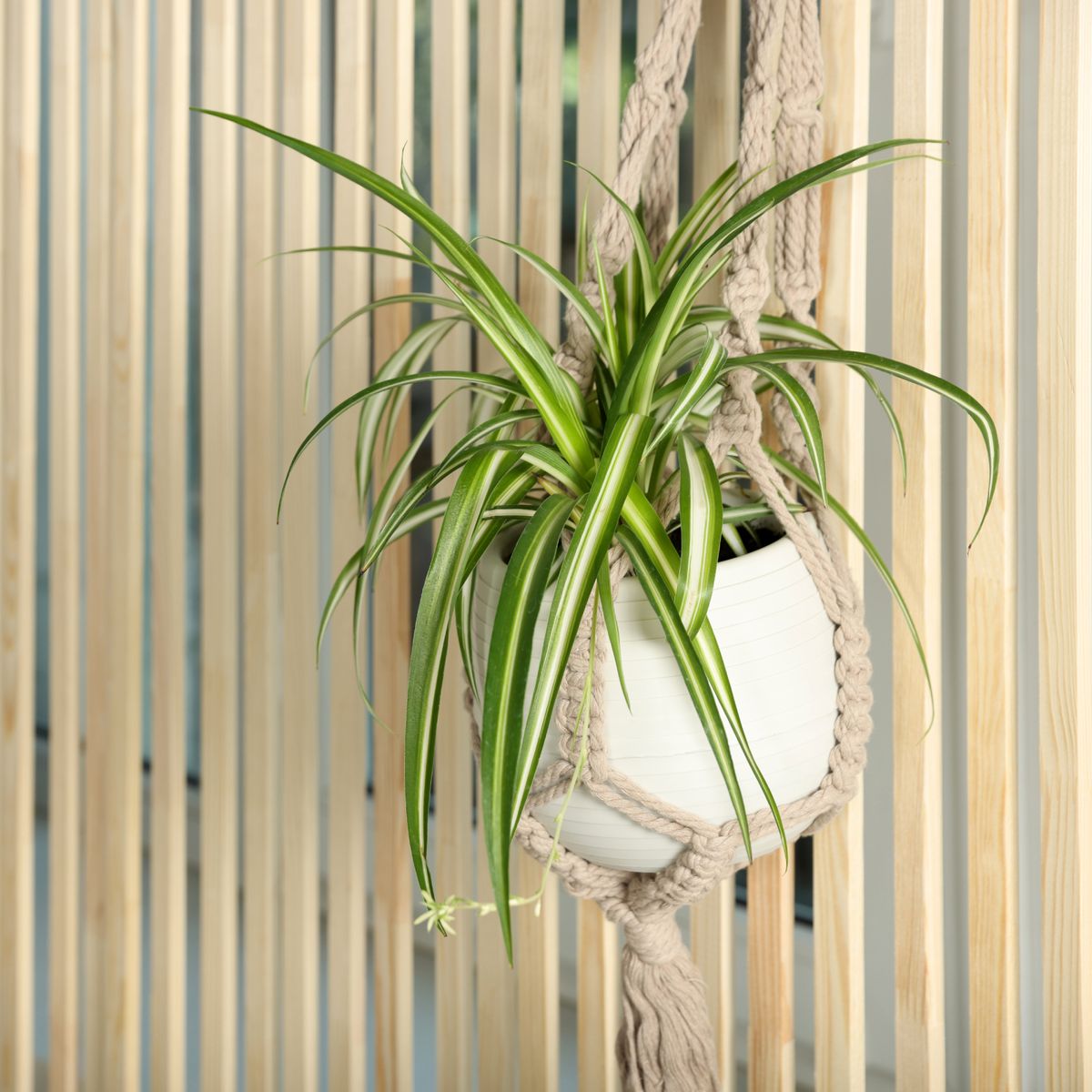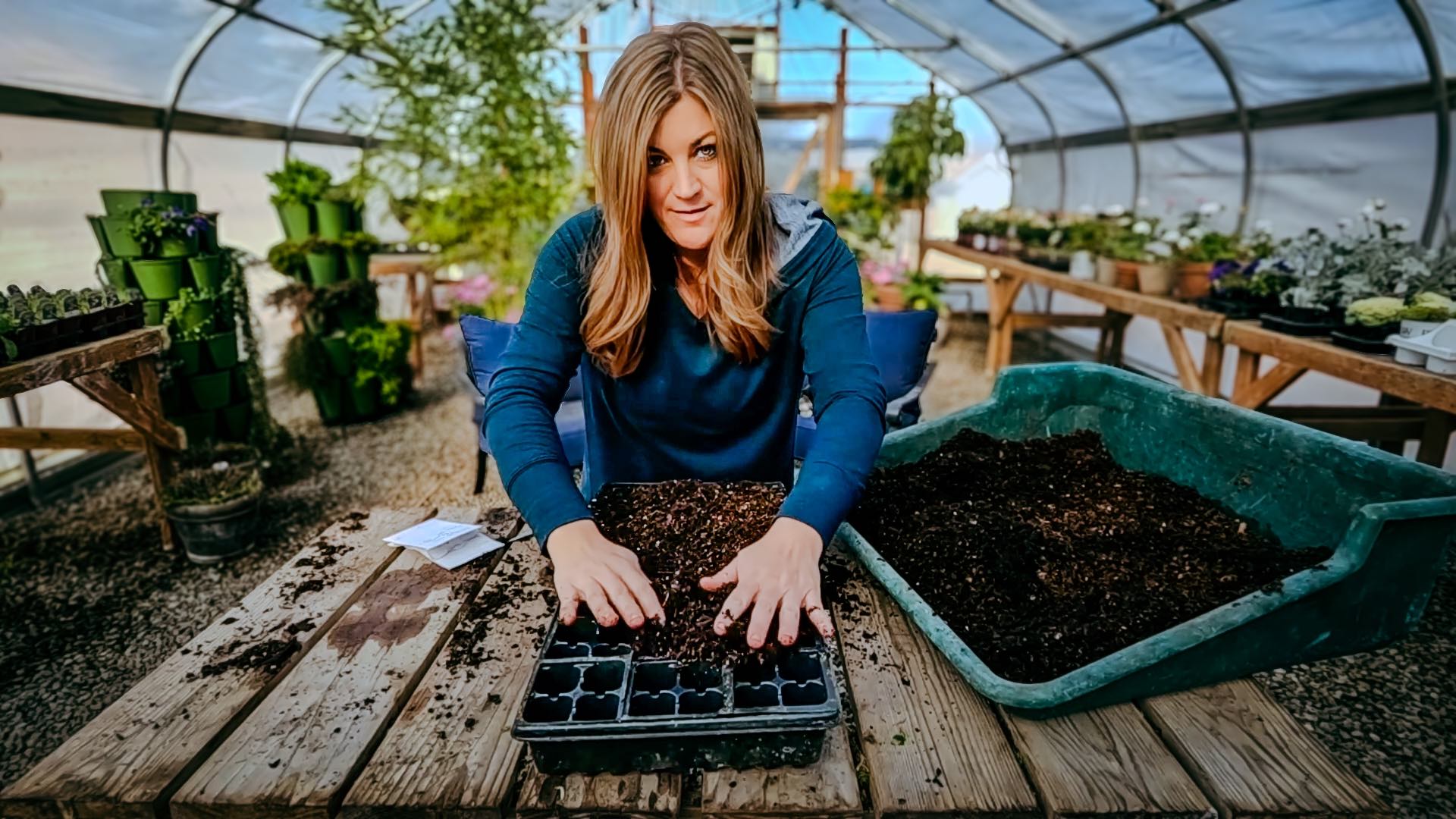[ad_1]
Today James Dillon, a horticulturalist and landscape designer in Kearneysville, West Virginia, is sharing his beautiful front walk.
I planted this garden in 2014. I use a lot of different plants in order to maximize the season of interest and ecological benefit. Plants bloom in the garden from early spring until late fall. Ground covers like gold star (Chrysogonum virginianum, Zones 5–9) and ‘Karmina’ geranium (Geranium × cantabrigiense ‘Karimina’, Zones 5–8) cover areas with their low evergreen foliage and bloom in May-June. Butterfly weed (Asclepia tuberosa, Zones 4–10) seeds around lightly, providing sustenance to monarch butterfly larvae. Seasonal plants bloom at various time during the season, such as ‘Magnus’ and ‘PowWow Wild Berry’ coneflower (Echinacea hybrids, Zones 5–9), peony (Paeonia hybrids, Zones 3–8), Clematis, anise hyssop (Agastache foeniculum, Zones 4–9), ‘Baby Joe’ Joe Pye weed (Eupatorium dubium ‘Baby Joe’ Zones 4–8), white balloon flower (Platycodon grandiflorus, Zones 3–8), tall garden phlox (Phlox paniculata, Zones 4–8), ‘Walkers Low’ and ‘Blue Wonder’ catmints (Nepeta × faassenii, Zones 3–8), ‘Caesar’s Brother’ iris (Iris siberica, Zones 3–8), iron butterfly ironweed (Vernonia lettermanii, Zones 4–9), ‘Zagreb’ coreopsis (Coreopsis verticillata, Zones 3–9), ‘May Night’ salvia (Salvia × sylvestris ‘Mainacht’, Zones 4–8), ‘Husker’s Red’ penstemon (Penstemon digitalis, Zones 3–8), ‘Woods Blue’ aster (Aster novi-belgii, Zones 4–8), violets (Viola sp.), ‘White Cloud’ and ‘Blue Cloud’ calamint (Calamintha nepeta, Zones 5–9), Montauk Daisy (Nipponanthemum nipponicum, Zones 5–9), various Sedum ground covers, red creeping thyme (Thymus praecox ‘Coccineus’, Zones 3–8), plantain-leaf pussytoes (Antennaria plantaginifolia, Zones 3–8), threadleaf bluestar (Amsonia hubrichtii, Zones 5–9), Salvia lyrata (Zones 4–9), ‘Golden Fleece’ goldenrod (Solidago sphacelata, Zones 4–8), Russian sage (Perovskia atriplicifolia, Zones 5–9), bearberry (Arctostaphylos uva-ursi, Zones 2–6), brunnera (Brunnera macrophylla, Zones 3–8), and ‘Goldsturm’ black-eyed Susan (Rudbeckia fulgida var. sillvantii ‘Goldstrum’, Zones 3–9).
Shrubs, trees, and grasses create the garden’s structure: ‘China Girl’ holly (Ilex ‘Mesog’, Zones 5–9), ‘Buzz’ butterfly bush (Buddleia hybrid, Zones 5–9), ‘Shenandoah’ switchgrass (Panicum virgatum, Zones 3–9), Mexican feather grass (Nassella tenuissima, Zones 6–10), ‘Karl Foerster’ reed grass (Calamagrostis × acutiflora ‘Karl Foerster’, Zones 5–9), sideoats grass (Bouteloua curtipendula, Zones 3–9), ‘Pendula’ white spruce (Picea glauca, Zones 3–4), ‘Fastigiata’ plum yew (Cephalotaxus harringtonia, Zones 6–9), ‘Viridis’ Japanese maple (Acer palmatum, Zones 5–9), ‘Rose Creek’ abelia (Abelia × chinensis, Zones 6–9), oakleaf hydrangea (Hydrangea quercifolia, Zones 5–9), ‘All Gold’ Japanese forest grass (Hakonechloa macra, Zones 5–9), ‘Cole’s Prostrate’ weeping hemlock (Tsuga canadensis, Zones 3–7), fringe tree (Chionanthus virginicus, Zones 3–9), black tupelo (Nyssa sylvatica, Zones 4–9), ‘Jacobson’ mugo pine (Pinus mugo, Zones 2–7), ‘Red Fox’ katsura (Cercidiphyllum japonicum ‘Rotfuchs’, Zones 4–8), and ‘Compacta’ hinoki cypress (Chamaecyparis obtusa, Zones 4–8).
Containers with specimens such as bird nest spruce (Picea abies ‘Nidiformis’, Zones 3–8), dwarf white spruce (Picea glauca ‘Conica’ Zones 3–6), blue rug juniper (Juniperus horizontalis, Zones 3–9), ‘Sherwood Compact’ mugo pine, and SunSparkler sedum (Sedum hybrid, Zones 4–9) add long seasons of interest with their varying textures and colors. An unplanted large blue vase provides a focal point.
Annuals such as Mexican sunflower (Tithonia rotundifolia), tall verbena (Verbena bonariensis), and zinnia (Zinnia elegans) are sown for added summer color. The monarch butterflies are frequent visitors, although last year we didn’t have as many as usual. Mums remain hardy in the drier areas under the eves near the house foundation.
 Looking down the front walk early in the season.
Looking down the front walk early in the season.
 The same view with everything in autumn garb.
The same view with everything in autumn garb.
 The garden being installed, with assistance from a four-legged helper.
The garden being installed, with assistance from a four-legged helper.
 The wide mix of perennials ensures that something is always blooming.
The wide mix of perennials ensures that something is always blooming.
 Goldstar is a good ground cover, native to eastern North America.
Goldstar is a good ground cover, native to eastern North America.
 Looking from the house toward the street.
Looking from the house toward the street.
 River stones along the walkway minimize erosion from the rain runoff and widen it. Taller plants are given room to sprawl into the river stone swath rather than blocking the walkway. The river stone areas also provide space to add pieces of driftwood, shells, and interesting rocks.
River stones along the walkway minimize erosion from the rain runoff and widen it. Taller plants are given room to sprawl into the river stone swath rather than blocking the walkway. The river stone areas also provide space to add pieces of driftwood, shells, and interesting rocks.
 The garden is rich green on a wet day.
The garden is rich green on a wet day.
 Stormwater isn’t allowed to just run off. A rain chain carries water into a dry well, watering a ‘Red Fox’ katsura and black tupelo. The other downspout is directed toward the fringe tree.
Stormwater isn’t allowed to just run off. A rain chain carries water into a dry well, watering a ‘Red Fox’ katsura and black tupelo. The other downspout is directed toward the fringe tree.
 One last view of the garden, with orange butterfly weed in bloom.
One last view of the garden, with orange butterfly weed in bloom.
Have a garden you’d like to share?
Have photos to share? We’d love to see your garden, a particular collection of plants you love, or a wonderful garden you had the chance to visit!
To submit, send 5-10 photos to [email protected] along with some information about the plants in the pictures and where you took the photos. We’d love to hear where you are located, how long you’ve been gardening, successes you are proud of, failures you learned from, hopes for the future, favorite plants, or funny stories from your garden.
If you want to send photos in separate emails to the GPOD email box that is just fine.
Have a mobile phone? Tag your photos on Facebook, Instagram or Twitter with #FineGardening!
You don’t have to be a professional garden photographer – check out our garden photography tips!
Do you receive the GPOD by email yet? Sign up here.
Get our latest tips, how-to articles, and instructional videos sent to your inbox.
[ad_2]
Source link











